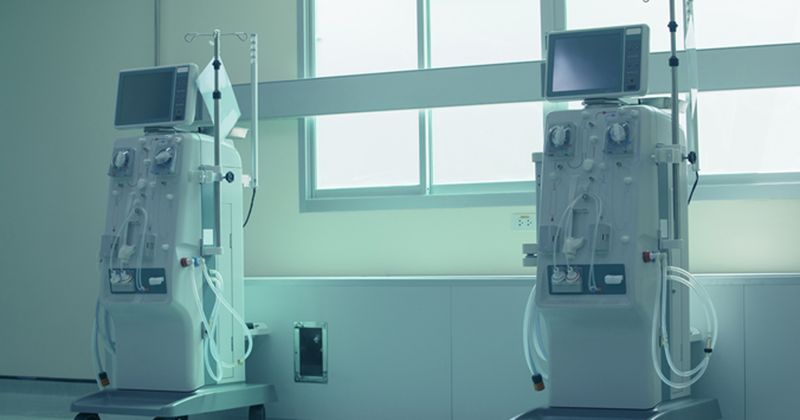Home hemodialysis failure correlates with a ‘significant’ increase in mortality
Compared with patients who continued home hemodialysis treatment, patients who experienced home hemodialysis failure correlated with a “significant” increase in mortality.
“Home hemodialysis (HHD) has been shown to provide superior quality of life compared with in-center hemodialysis (ICHD) and has at least equal if not superior mortality rates. These benefits have led to a strong focus on HHD in Australia and New Zealand, and high rates of use of HHD in these countries,” David J. Semple, PhD, from the department of renal medicine of the Auckland District Health Board and a faculty member of medical and health sciences at the University of Auckland in New Zealand, and colleagues wrote. “In this study, we wanted to understand what happens after a person moves from home hemodialysis to in-center hemodialysis by comparing the rate of death as patients moved between treatments.”

In a retrospective cohort study, researchers assessed all patients represented in the Australia and New Zealand Dialysis and Transplant Registry who began hemodialysis between Jan. 1, 2005, and Dec. 31, 2015. All patients were treated longer than 90 days.
Using a time-varying multivariate Cox proportional hazards analysis with shared frailty, researchers evaluated the correlation between four patient treatment states and death. Follow-ups occurred until death, transplantation, transfer to peritoneal dialysis, loss to follow-up or the end of the study period. The primary outcome of this study was mortality and cause of death.
Among the 19,306 patients (mean age was 60.8 ± 15.4 years; 62% were men; 49% had diabetes) who started hemodialysis, 2,554 patients received HHD and 577 had treatment failure. A total of 171 patients were able to continue HHD, whereas 406 were not. Following HHD treatment failure, adjusted mortality increased compared with those who continued HHD at 0 to 30 days, 30 to 90 days and longer than 90 days. The hazard ratios for these periods were 3.93, 3.34 and 2.29, respectively.
“We found that the risk of death is high after the transition, and it remains high after 3 months. We could not discern the cause of this association, but we suspect it is due to the events that caused patients to stop home hemodialysis,” Semple and colleagues wrote. “The group of patients who stopped home hemodialysis only for a period of time did not have an elevated rate of death. We suspect this is because they did not transiently stop home hemodialysis due to serious illness.”
Researchers noted limitations of the study included a lack of patient-level data on causes of dialysis modality change.
“While the mechanisms of failure in the study from Semple are unknown, it is likely that medical instability and caregiver burnout play a role,” Christopher T. Chan, MD, from the division of nephrology at the University Health Network of the University of Toronto in Canada, wrote in an editorial. “Given the similarities in the nature of dialysis transitions, it is tempting to hypothesize that modifications in process of care to minimize fragmentation may be a reasonable approach to address the elevated risk during the vulnerable period of dialysis switch.”
Reference:
Chan CT, et al. Am J Kidney Dis. 2021;doi:10.1053/j.ajkd.2021.07.005.
